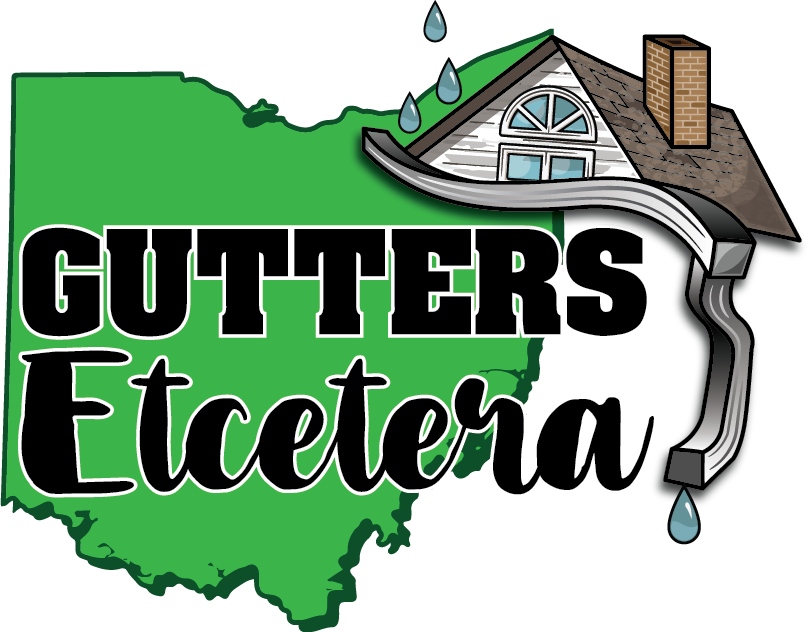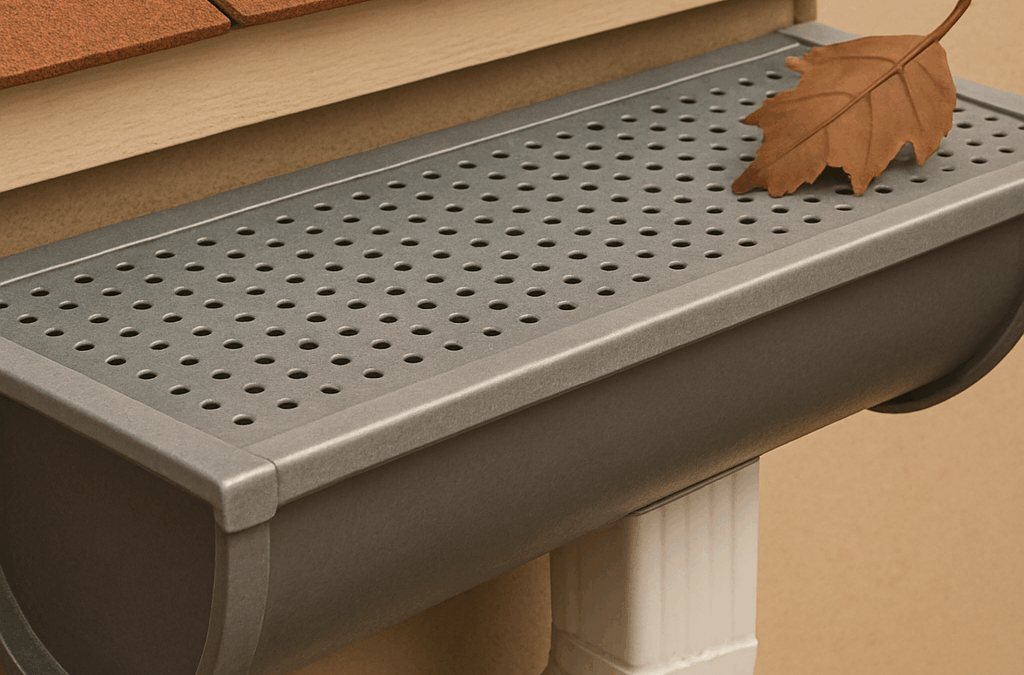When it comes to managing the elements in Cincinnati, Ohio, one thing is certain—rain, wind, and falling leaves are all part of the seasonal rhythm. Protecting your home from water damage begins with a well-maintained gutter system, and one topic that often comes up in conversations about gutter efficiency is gutter guards. These devices are designed to help minimize clogs and reduce the need for frequent gutter cleaning.
This article from Gutters Etcetera is meant to provide purely informational insights into gutter guards—what they are, the different types available, and the factors Cincinnati homeowners should consider when evaluating whether gutter guards are right for their property. No commitments or service guarantees are made here—just helpful facts and guidance for making informed decisions.
What Are Gutter Guards?
Gutter guards are add-on components for gutter systems that are designed to keep leaves, sticks, pine needles, and other debris from entering and clogging your gutters. Their primary goal is to support water flow while reducing the frequency of manual gutter clean-outs.
They come in a wide range of styles, materials, and installation methods. Some are simple DIY inserts, while others are more complex systems designed for long-term use.
Common Types of Gutter Guards
Understanding the main types of gutter guards can help homeowners identify what might best fit their needs, especially given the weather patterns and foliage common in the Cincinnati area.
1. Mesh Guards
These guards use a fine mesh material to filter out debris while allowing water to pass through.
- Pros: Effective at blocking small debris like seeds and shingle grit
- Cons: May need occasional cleaning to maintain flow
2. Screen Guards
Screen guards are often made from metal or plastic and feature larger holes than mesh options.
- Pros: Easy to install and relatively affordable
- Cons: May allow smaller debris through and accumulate leaves on top
3. Reverse Curve Guards
Also known as surface tension guards, these are designed to direct water into the gutter while debris slides off the curved edge.
- Pros: Ideal for areas with heavy rain
- Cons: More visible from the ground and typically costlier
4. Foam Inserts
These porous guards fit inside the gutter, blocking debris from entering while allowing water to soak through.
- Pros: Simple installation and inexpensive
- Cons: Can deteriorate over time and may require replacement
5. Brush Inserts
Looking like large, pipe-cleaner-style bristles, brush guards sit inside the gutter and trap debris while water flows around them.
- Pros: Easy to install and remove
- Cons: Debris can get caught in the bristles, leading to frequent maintenance
Why Gutter Guards Matter in Cincinnati
Cincinnati’s climate includes significant rainfall throughout the year, as well as high leaf volumes during the fall. Homes surrounded by maple, oak, or pine trees often experience clogged gutters, which can lead to water overflow, soil erosion, and even foundation issues.
Gutter guards can serve as a first line of defense in keeping systems clear during heavy storms or the leaf-heavy fall months. While they do not eliminate maintenance altogether, they can reduce the frequency and severity of clogs.
Benefits of Gutter Guards
Here are some of the potential advantages of adding gutter guards to your existing system:
- Reduced Gutter Clogs: By keeping out leaves and other debris, gutter guards help reduce blockages.
- Less Frequent Cleaning: Though not maintenance-free, gutter guards can reduce how often gutters need to be cleaned.
- Water Management: Proper water flow helps prevent water pooling near foundations or in landscaping.
- Pest Deterrence: Guards can make gutters less attractive to birds, insects, and rodents.
- Extended Gutter Life: Less debris means reduced corrosion and less weight stress on the system.
Limitations and Considerations
It’s important to remember that while gutter guards offer many benefits, they are not a universal solution. Here are some things to think about before deciding:
- Not Maintenance-Free: Gutter guards still require occasional cleaning, especially during fall.
- Compatibility: Some guard styles work better with certain gutter or roof types.
- Initial Investment: High-quality systems can be more expensive up front.
- Effectiveness Varies: The design, material, and installation method all affect performance.
Cincinnati-Specific Concerns
Cincinnati’s varied weather patterns—from spring downpours to winter snow and ice—can put extra pressure on your gutter system. Gutter guards that perform well in one season might face different challenges in another. For example, mesh guards can freeze over during winter, potentially blocking water flow, while foam inserts may break down faster in humid summers.
If your property is located near parks, wooded areas, or older neighborhoods with mature trees, you may be more likely to benefit from a system that can manage large volumes of leaf fall.
What to Ask Before Choosing Gutter Guards
To decide whether gutter guards are suitable for your home, consider the following questions:
- What types of trees are near your home?
- How often do you currently clean your gutters?
- Are you experiencing overflow or pooling near your foundation?
- What kind of roof and gutter system do you have?
- How long do you plan to stay in the home?
These questions can help you evaluate whether gutter guards may be a good investment or if routine maintenance is currently meeting your needs.
Conclusion
Gutter guards can be a useful tool for managing the performance of your gutter system, especially in an area like Cincinnati, Ohio, where weather and foliage combine to create regular maintenance needs. Understanding the different types of guards and their functions can help you make an informed decision tailored to your home’s layout and environment.

